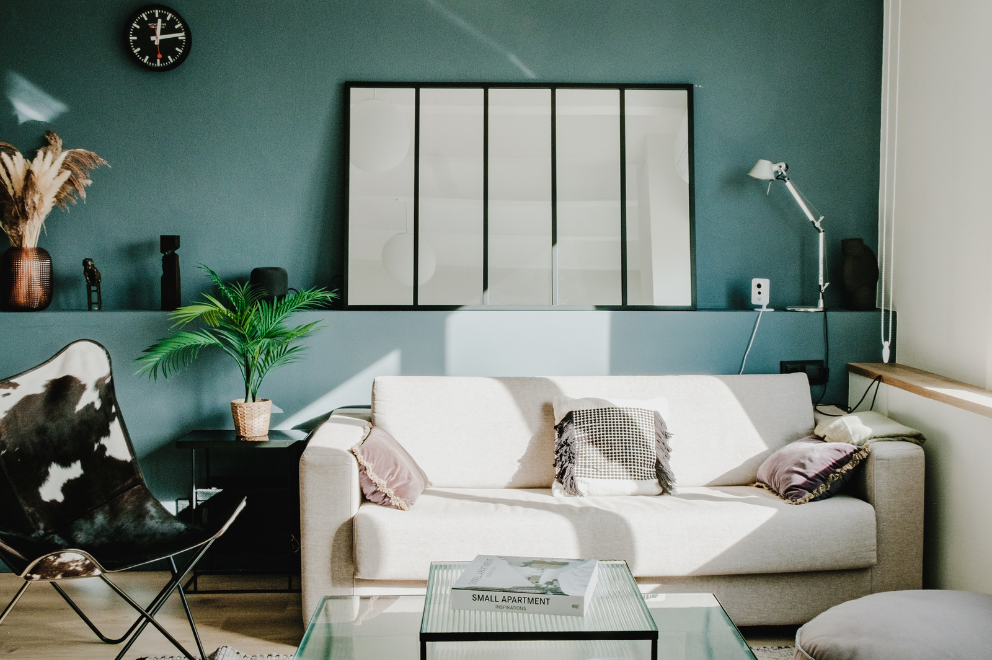
Interior designers live in a world of creativity, color swatches and if the rumors are true, some pretty sweet deals on furniture. But how true is this? Do interior designers get discounts on furniture or is it just a perk of the job that’s been exaggerated over time?
In this post we’ll get into the nitty gritty of designer discounts, how they work, who offers them and why these might just be the best kept secret of the design world.
So whether you’re a budding designer looking to score some sweet deals or a curious client wondering what’s really going on behind the scenes, keep reading!

Designer discounts aren’t just a myth among industry insiders. They’re real and can be big.
A designer discount is a special price reduction given to interior designers on furniture, decor and other home goods. These discounts can be 10% to 50% off retail price.
Designers are given discounts because they are considered tastemakers. When a designer uses a certain brand or product in their projects, it drives more sales for the company. It’s a win-win: designers can offer their clients high end products at a lower price and brands get exposure.
Designers must apply for these discounts by providing proof of their profession. This can be a business card, website or portfolio of their work. Once approved they get a trade account with the company and can access the discounted prices.

Not all brands and retailers offer designer discounts but many of the big ones do.
Luxury brands offer the biggest discounts to designers as they know their products will be used in high profile projects. Think Restoration Hardware, Pottery Barn, Crate & Barrel.
Smaller boutique stores that sell unique or custom pieces offer designer discounts too. They need designers to bring their one of a kind pieces to a wider audience.
Even online giants like Wayfair and Overstock are on the designer discount train. Many of these platforms have trade programs that offer designers exclusive pricing and benefits.
Some designers go straight to the source and buy from wholesale vendors who offer even deeper discounts on bulk orders.
When a designer is specifying furniture for a client they often contact suppliers to ask about trade discounts. For example if a designer specifies a sofa and console table with a retail price of $15,000 and the supplier offers a 10% discount the designer can buy the items for $13,500 and save $1,500.Designers have three choices on how to handle these discounts:
So, how do interior designers establish these valuable connections and secure discounts on furniture? Here are some strategies they use:
Many clients assume designers will automatically pass on the discounts but that’s not always the case. Designers are under pressure to justify their fees and run their businesses. Some designers say passing on discounts can devalue their profession and the expertise they bring. They say their role is more than just sourcing furniture; it’s managing logistics, quality, and a design direction.
There are also legal implications concerning how designers handle trade discounts. Designers need to clearly communicate their pricing structures and ensure that agreements with clients specify how they manage discounts. Failing to do so can lead to misunderstandings and potential conflicts of interest.
Designers usually need to set up a trade account with the vendor, providing proof of their business, such as a tax identification number or business license, and sometimes a minimum order amount is required.
No, discounts can vary significantly based on the designer’s purchasing power and the volume of business they do with suppliers. Larger retailers often receive better pricing due to bulk purchases.
Markup can vary widely, but many designers charge a markup of 20-30% above the trade price, depending on their pricing structure and the complexity of the project.
Giving away discounts can strain the designer’s relationship with vendors, as these discounts are intended to incentivize repeat business with the designer, not be passed on to clients.
Clients should discuss pricing structures and discount policies directly with their designer during initial consultations to understand how discounts will be handled in their project.
Interior designers often get discounts on furniture, which can be a big help in managing costs and increasing profit. But when it comes to the question, ‘Do interior designers get discounts on furniture?’ the answer is yes, though the decision to pass those discounts on to the client is more complicated. It depends on various factors, including business models, client expectations, and ethics. Ultimately, clear communication and understanding between designer and client is key to a successful partnership in the design process.

Emma Grace, with a background in product design from Stanford, has crafted elegant yet functional home furniture since 2010. She became a part of our editorial family in 2016, sharing ideas on combining aesthetics with utility. Emma spends her downtime exploring artisanal markets.

Hi there! I’m Aisha Harper. With a background in exploring breathtaking destinations and a deep appreciation for creating warm, inviting spaces, I’ve combined my passion for adventure and home into a fulfilling career. From scaling mountains to styling living rooms, I love blending the thrill of the outdoors with the comfort of home, inspiring others to do the same.